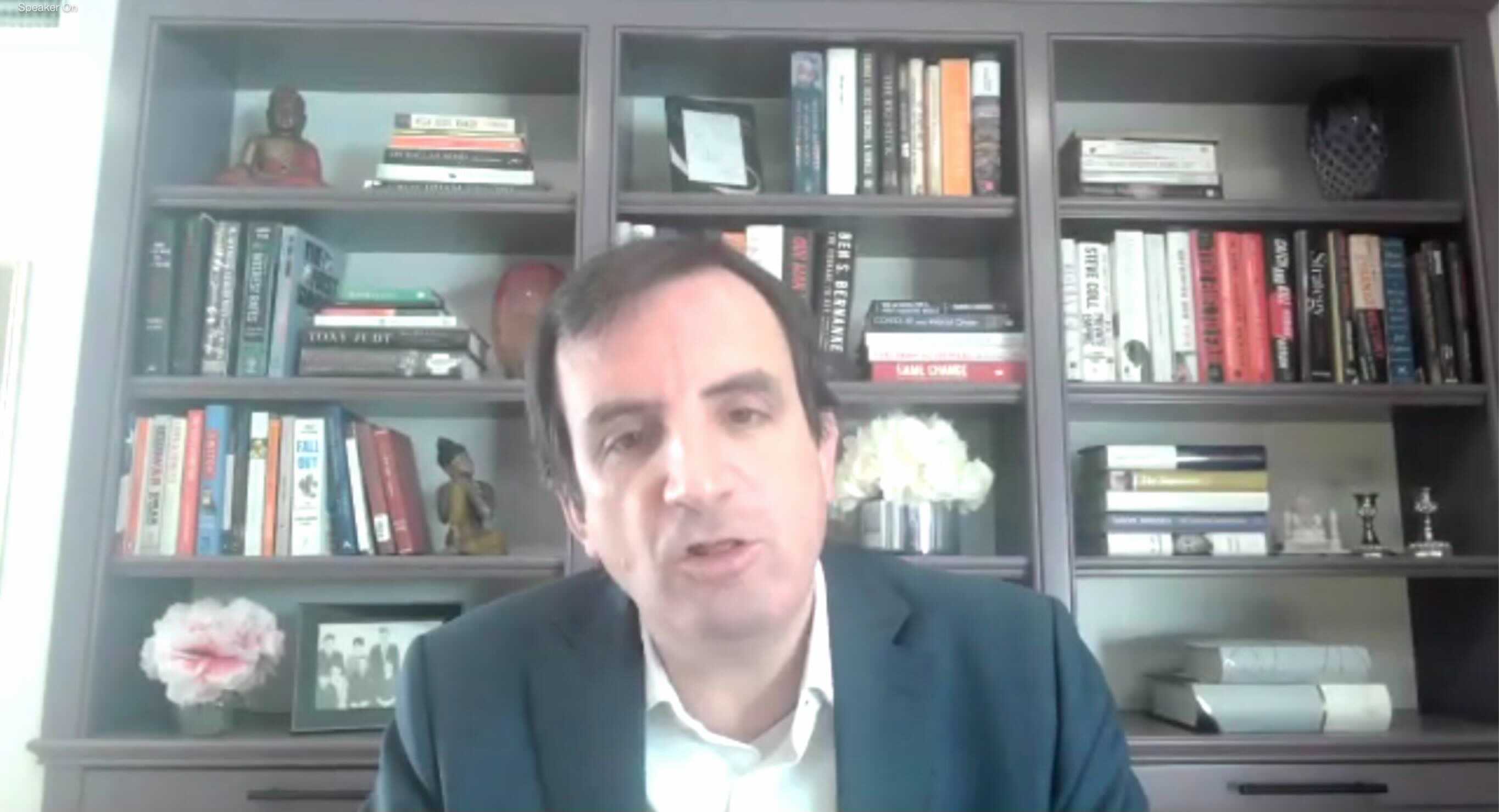President Joe Biden will likely continue widening the rift between the U.S. and China that President Donald Trump began during his administration, said Brookings Institution senior fellow Thomas Wright at a Wednesday event on U.S.-China relations.
That decision will have consequences, Wright said, with implications on Biden’s military and economic stance toward the country.
As the director of the Center on the United States and Europe and the author of “All Measure Short of War: The Contest For the 21st Century and the Future of American Power,” Wright studies U.S. foreign policy, power competition and economic interdependence.
His assertions about Biden’s stances on China are reflected in his department nominees. Prospective CIA director William Burns testified at his confirmation hearings that countering China’s rising influence will be his top priority.
Wright said that during President Obama’s administration, the Democrat-dominated foreign policy establishment sought to create a partnership with China. However, the efforts proved unsuccessful, according to Wright. By 2016, there was “a movement of liberal Democrats and liberal internationalists for a tougher stance on China,” he said.
President Trump “had a very different view of the world,” Wright said. Whereas liberal Democrats and internationalists were mainly troubled about China’s human rights crises, Trump’s concerns were mostly economic, he said.
“Trump liked dealing with strong man leaders around the world,” he said.
In a meld between his own views and the Republican establishment’s ideas, Trump sought to secure deals with Xi Jinping to portray himself as a dealmaker, according to Wright. When COVID-19 spread to the U.S., Trump sided with the more hawkish stance of the Republican foreign policy establishment, Wright noted.
Indeed, he explained, the U.S. and China have irreconcilable socio-political differences that the pandemic highlighted and exacerbated, making it more difficult to chart a path forward where the two are allies.
Although Wright said that this “clash of government systems” is the main cause of animosity between the countries, two other factors — concerns for national security and failure of past attempts for cooperation — play major roles in this division.
Thus, he said, Biden will take an aggressive stance on China contrary to the alliance-seeking approach prevalent in the Democratic Party half a decade earlier. In practical terms, he anticipates Biden will continue using economic policies such as sanctions and tariffs that will widen the rift between the United States and China.
For this to be successful, the U.S. will need to consider how to bring allies on board with its approach. But he added that said that Biden doesn’t appear to have a plan to shore up European allies against Chinese aggression. Without an appealing basis, such apparent actions from America will be more unpopular than ever given that China has surpassed the U.S. as Europe’s main trade partner.
Moving forward, Wright said the U.S. will have to strike a balance between competing and cooperating with China, as the two have shared interests despite ideological differences.
“The U.S. and China have more shared interests, so the question is how do you do that,” he said. “How do you work together on climate? How do you work together on pandemics?”
But, if the current trajectory continues, the U.S. and China are on track to pull away from each other. The Chinese government desires less contact with democratic nations as a whole, as Xi Jinping, Vladimir Putin and other dictators find common ground in the threat posed by democratic republics, according to Wright.
“Autocracy is on the back foot if democracy is on the ascendancy,” he said.
